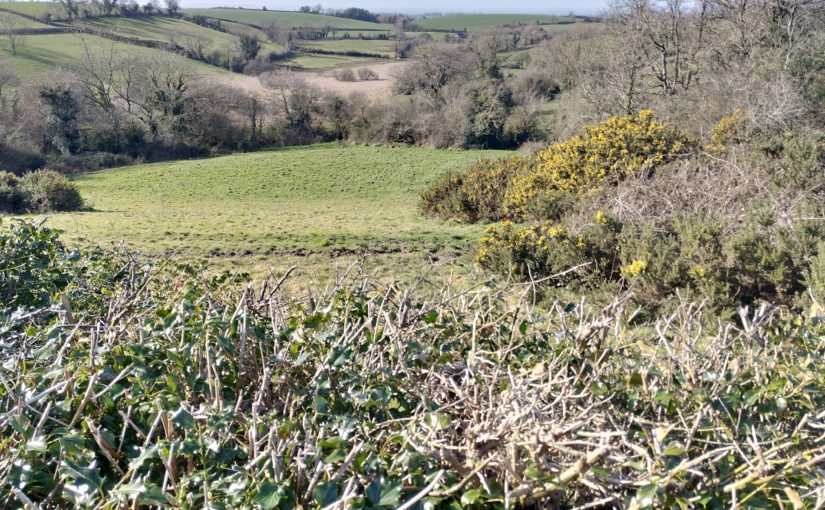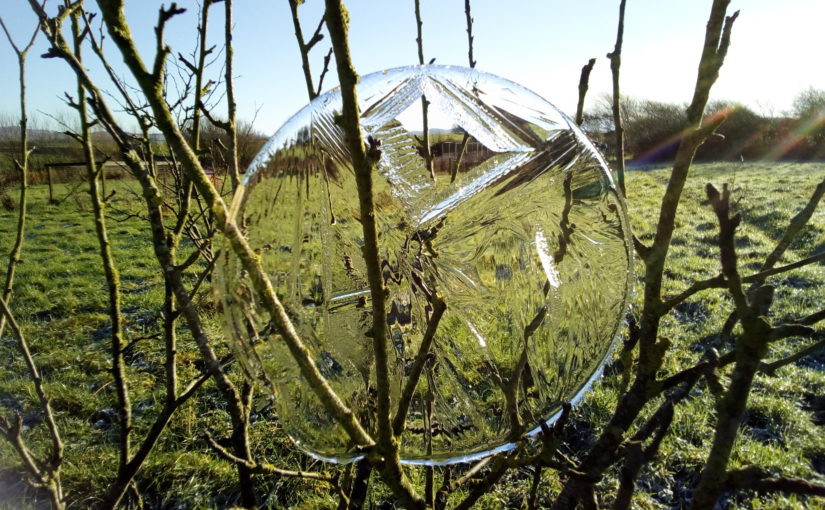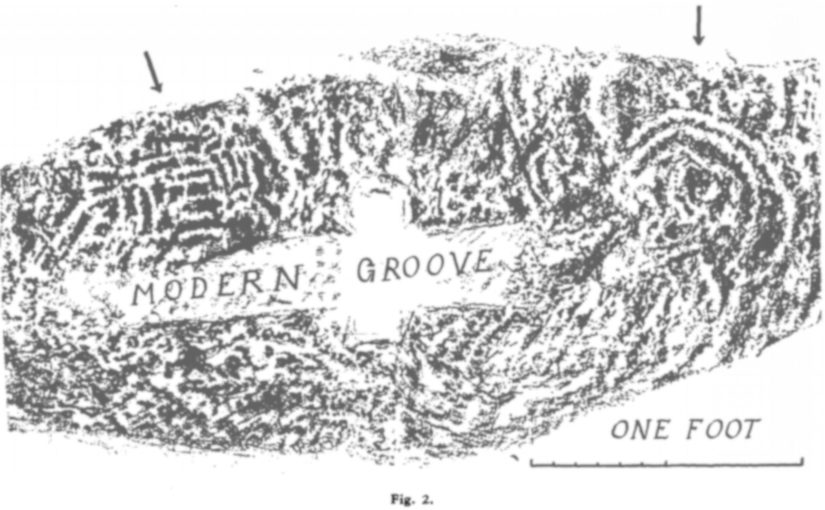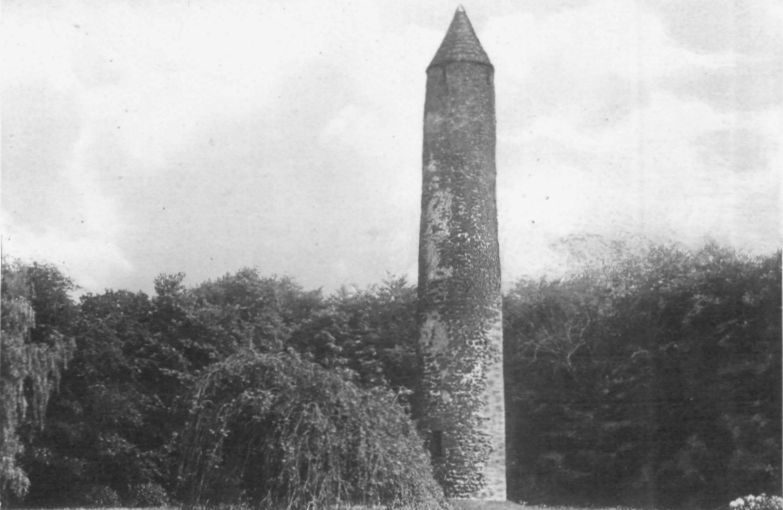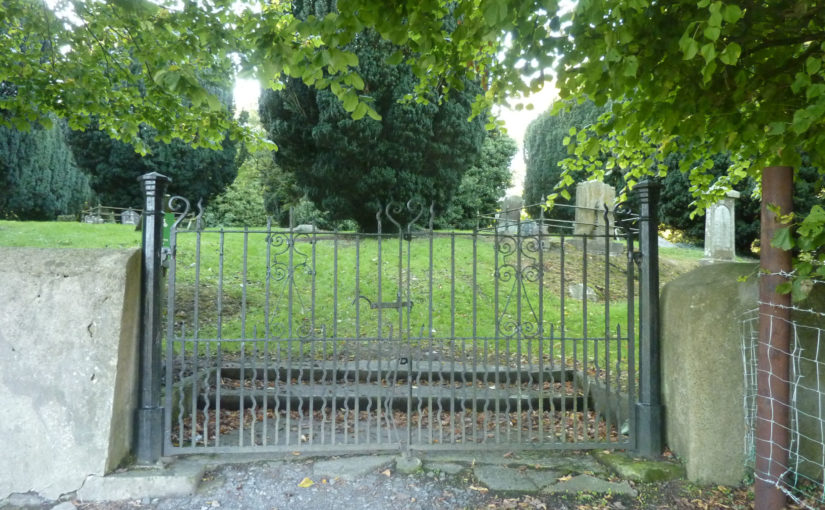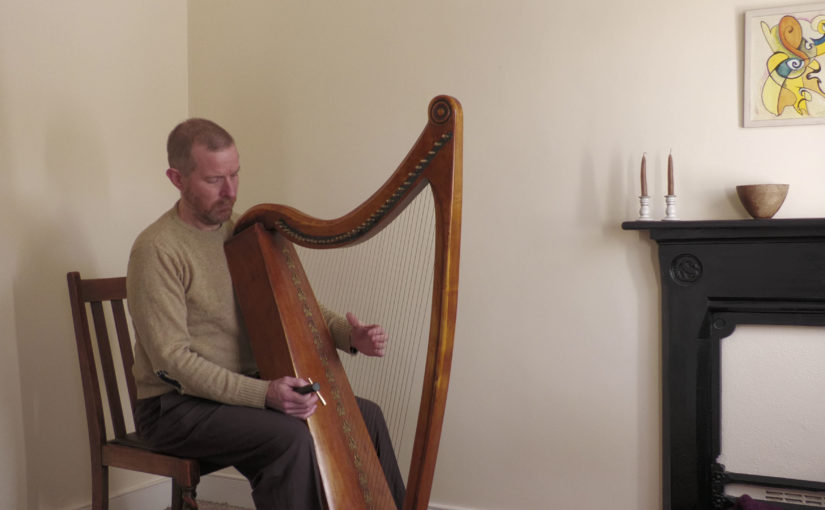The third and last tune on this interesting two-page spread (Queen’s University Belfast, Special Collections, MS4.29 p.225) appears to be a very straightforward and clear notation. Let’s take a look:
Continue reading Mhuirnin DilisTag: ms29
An chraoibhín aoibhin alainn óg
The next tune on Queen’s University Belfast, Special Collections, MS4.29 page 224 and 225 is more mysterious than Nancy na gCraobh.
Continue reading An chraoibhín aoibhin alainn ógNancy FitzGerald
On Queen’s University Belfast, Special Collections, MS4.29 page 224, Edward Bunting has made what looks like a transcription of a tune, titled “Nancy na Gráve”.
Continue reading Nancy FitzGeraldCailín Donn
In Edward Bunting’s 2-volume manuscript book of piano arrangements from 1798, titled Ancient and modern Irish music (not published) (now Queen’s University Belfast, Special Collections MS4.33.3&2), there is an interesting little tune called “Callin Don”. Bunting has written two pieces of information around this piano arrangement. Above he has written “In the 1st vol. to another air” and below the tune he has written “This air Arthur O Neil says is the same as the Rocks of Pleasure but it is in my oppinion totally different”
Continue reading Cailín DonnGrádh gan fhios
Edward Bunting made a live transcription of the tune of Grádh gan fhios, from the playing of an old Irish harper in the 1790s. You can see the transcription online at Queen’s University Belfast, MS4.29 page 221/219/228/f109r.
Continue reading Grádh gan fhiosTwo more mystery tunes
Bunting has written two tunes on Queen’s University Belfast, Special Collections, MS4.29 page 220/218/227/f108v. At first they seem clear, with clearly written titles. But I cannot find other versions of them, and I do not know if these are harp transcriptions, or fiddle or vocal performances that Bunting has transcribed.
Continue reading Two more mystery tunesIs aoibhinn aoibhinn cloigtheach Aontroim
On Queen’s University, Belfast, Special Collections, MS4.29 page 218/216/225/f107v Edward Bunting has made a live transcription notation of a song air.
Beneath the tune, someone has written what I take to be the title for this tune: “is aoiḃin, aoiḃin cleachach aointrim / ah! how handsome the steeple of Antrim is”. I think this may not be Bunting’s handwriting; whoever wrote it seems to have been literate in Irish, writing the letter b with the dot (for bh).
This is a line from the song of “An bile buadhach”. Bunting later published a variant of the tune under that title in his 1809 book. But first of all let us look at the transcription.
Continue reading Is aoibhinn aoibhinn cloigtheach AontroimBonny Portmore
Edward Bunting made a live transcription notation of the tune of “Bonny Portmore” into one of his collecting pamphlets in the 1790s.
Continue reading Bonny PortmoreTwo mystery tunes
One of the fun parts of my Old Irish Harp Transcriptions Project is discovering previously unrecognised or neglected live “dots” transcriptions of well-known tunes, most spectacularly with the Fairy Queen. And so the corollary is that one of the most irritating parts of the project is to find clear complete transcriptions of tunes that I cannot recognise from anywhere else.
Continue reading Two mystery tunesLady Maisterton
There is what looks like a live transcription of the tune of Lady Maisterton, in the middle of a load of material copied from printed books into Edward Bunting’s collecting pamphlets, at Queen’s University Belfast, Special Collections, MS4.29 page 206/204/213/f101v.
Continue reading Lady Maisterton